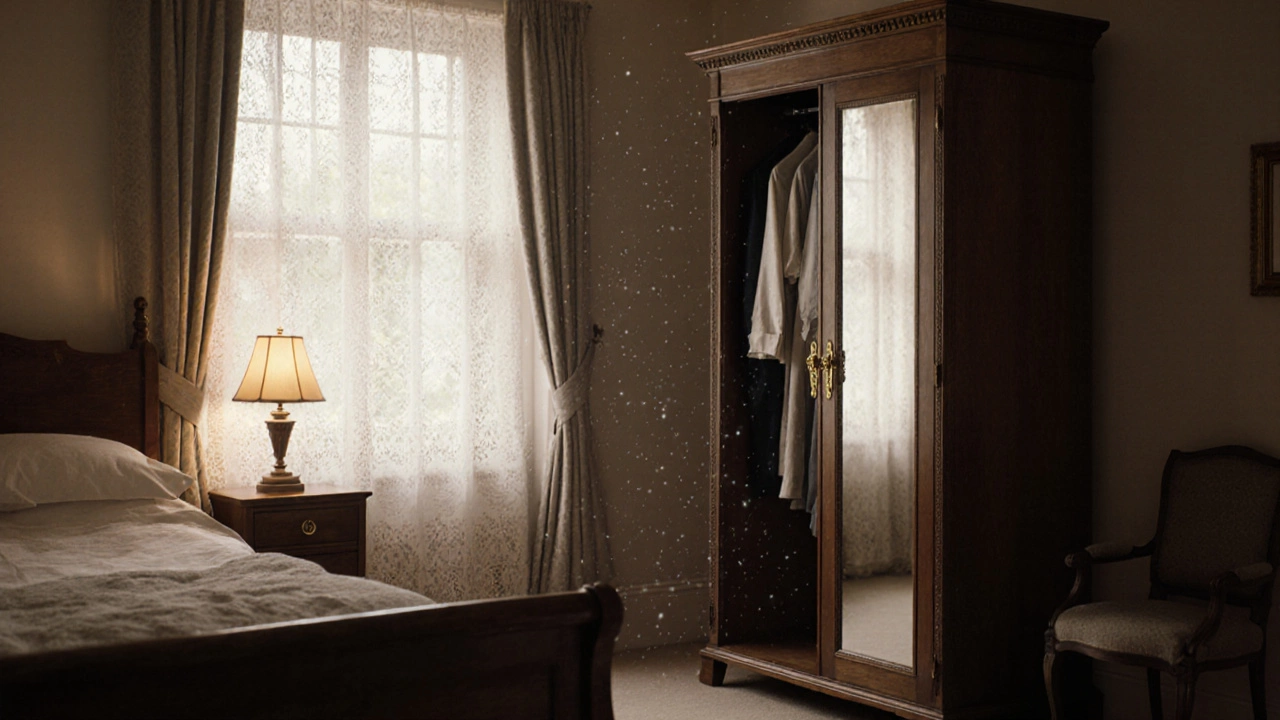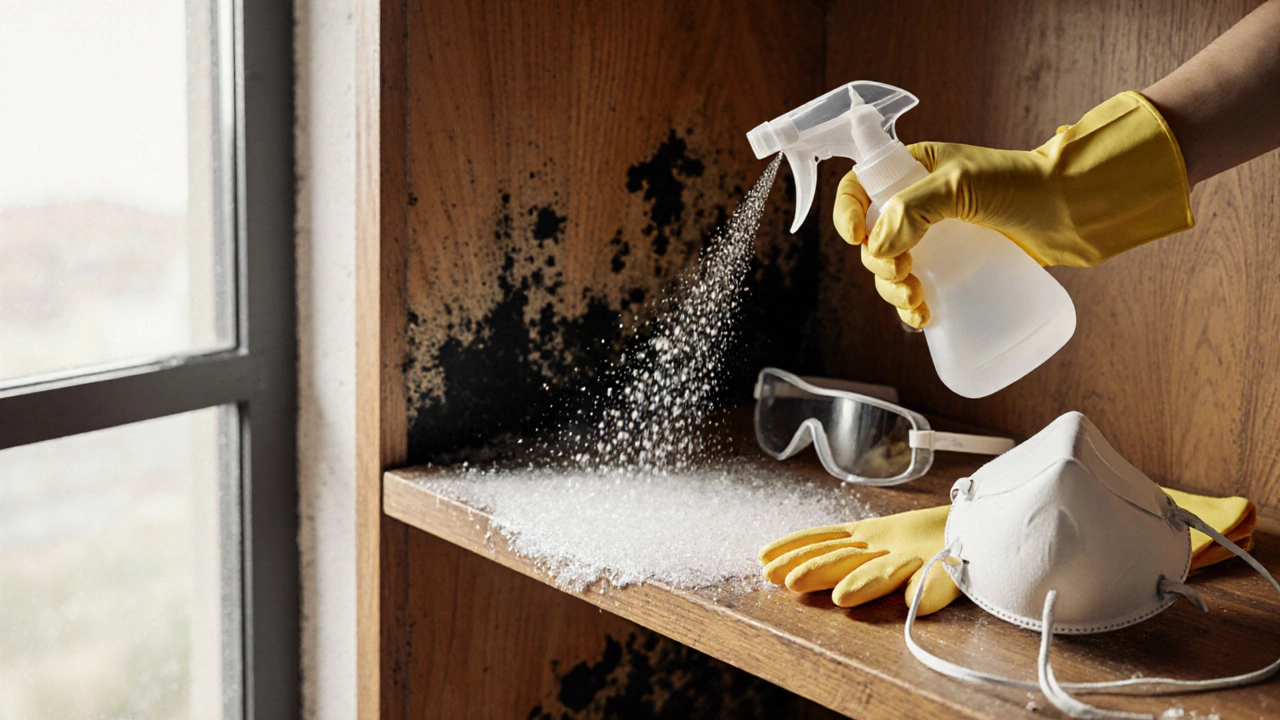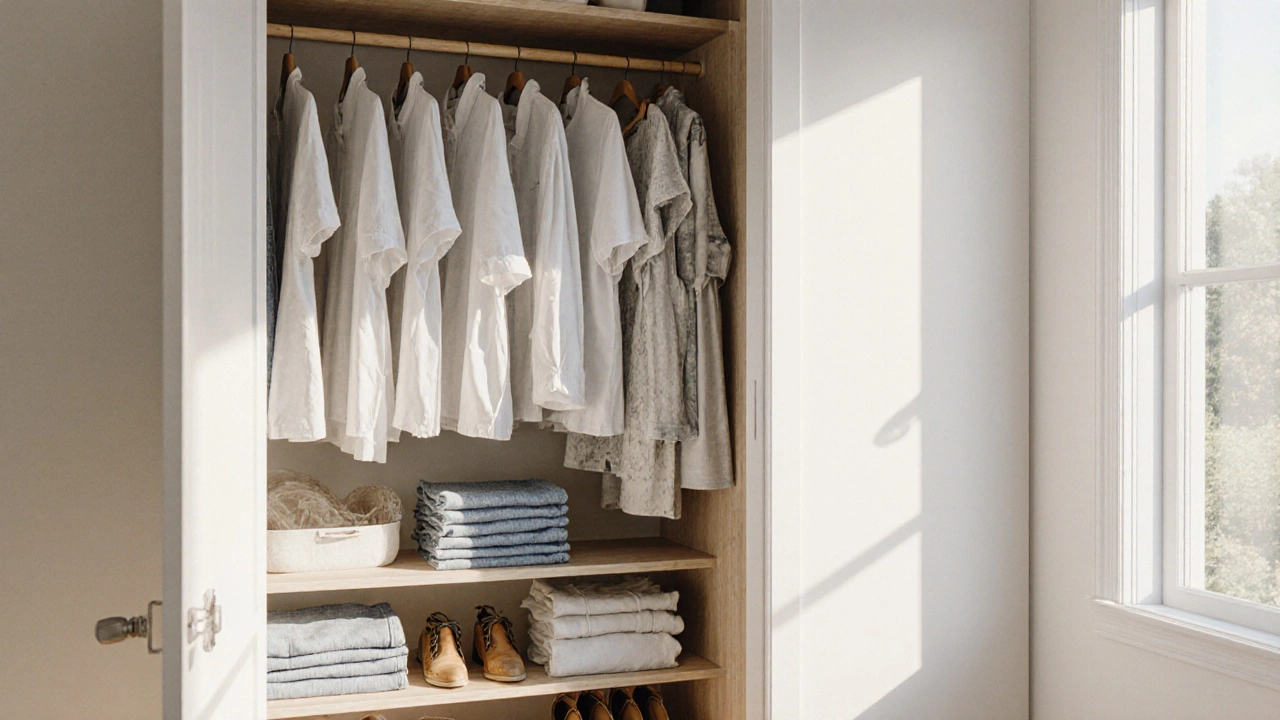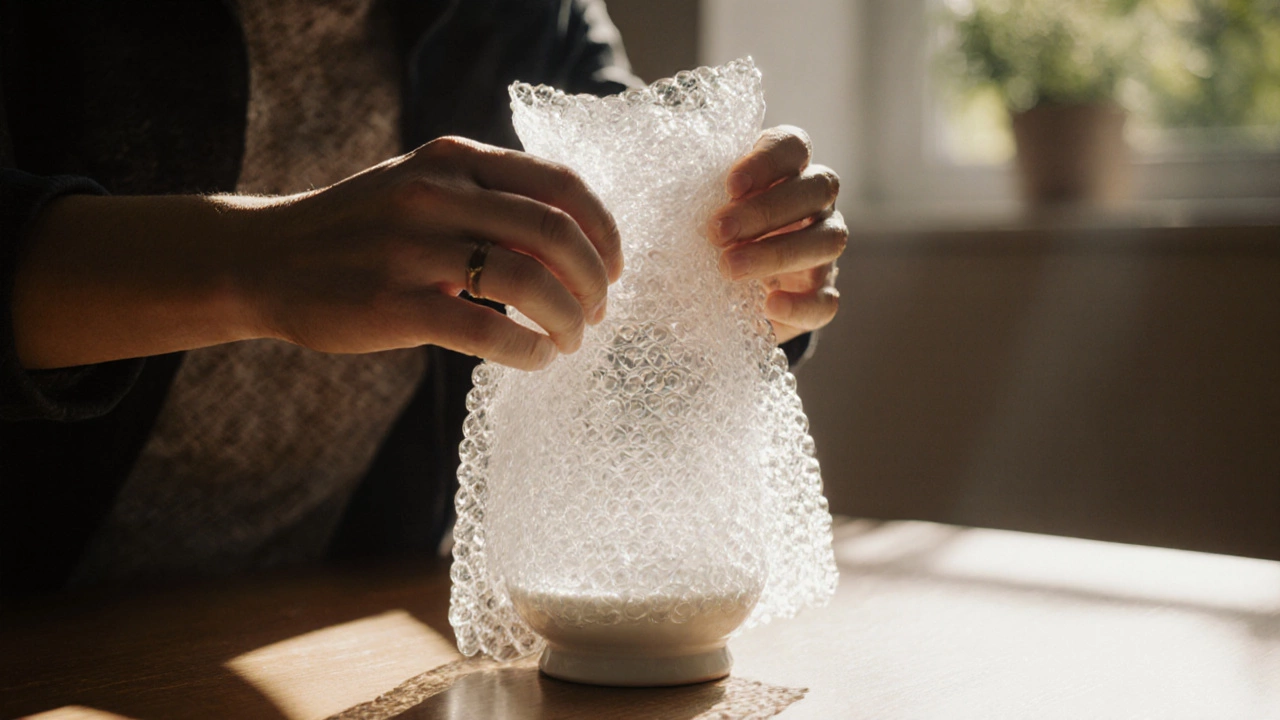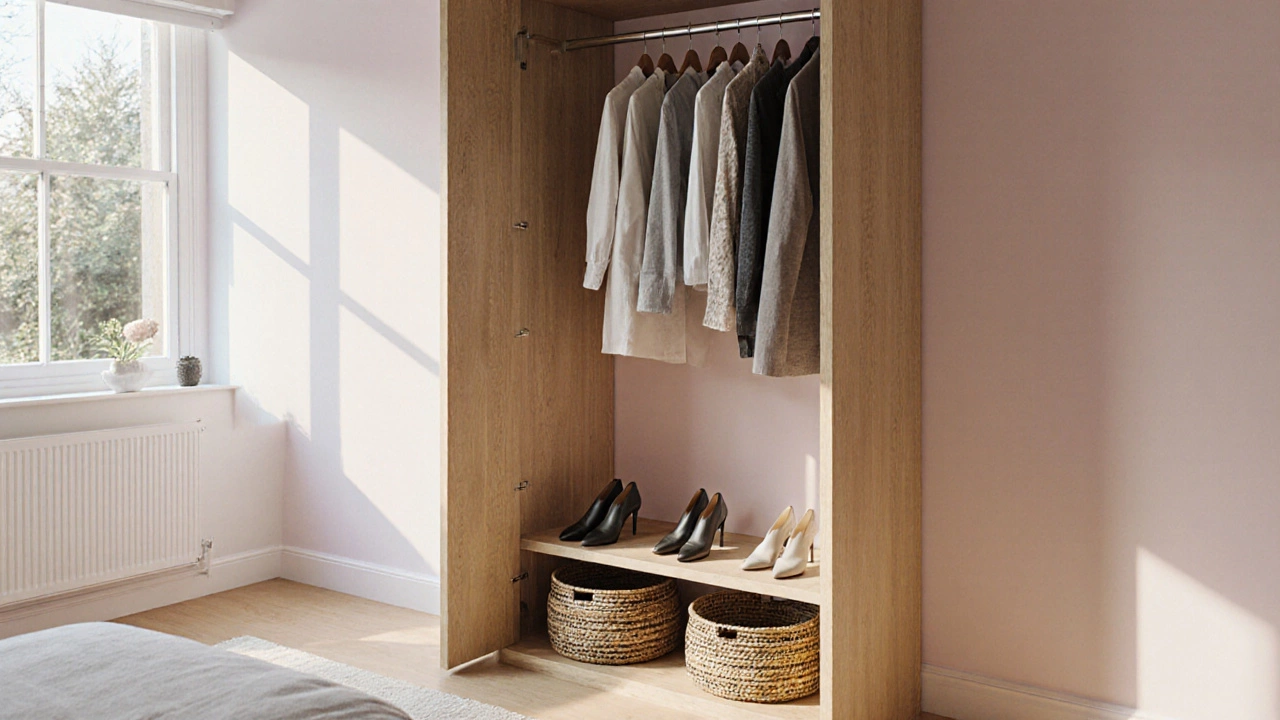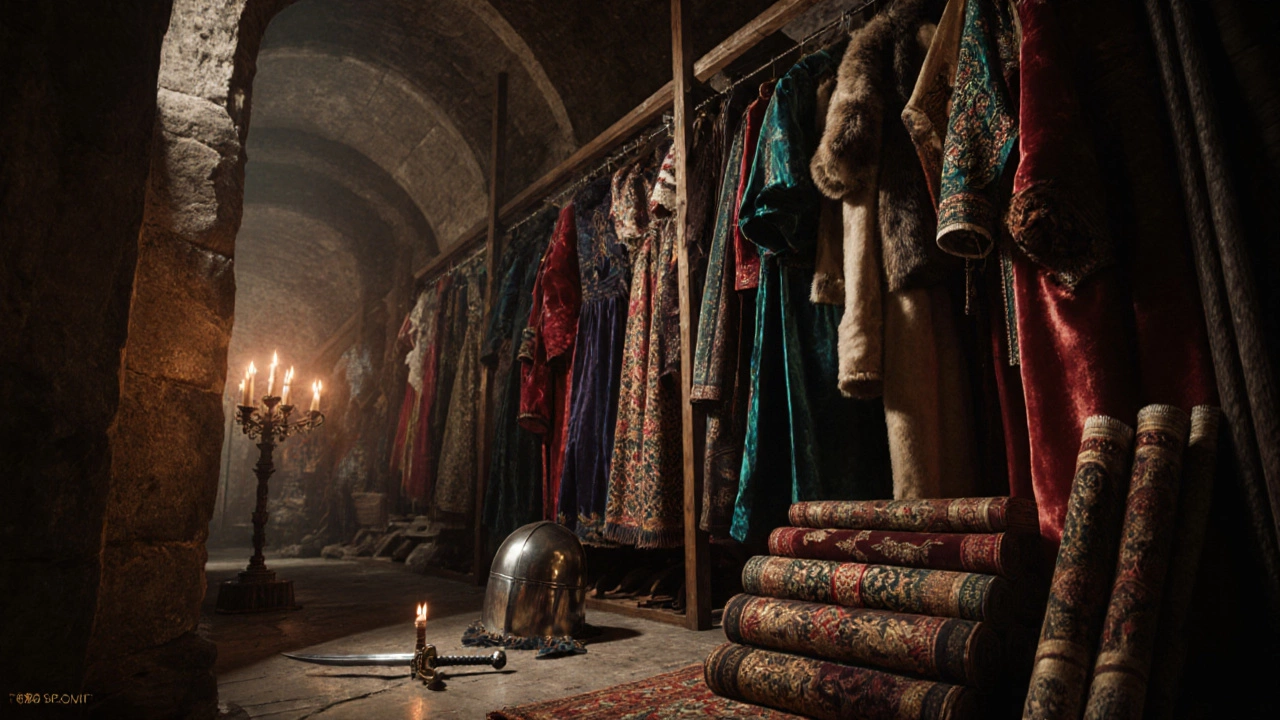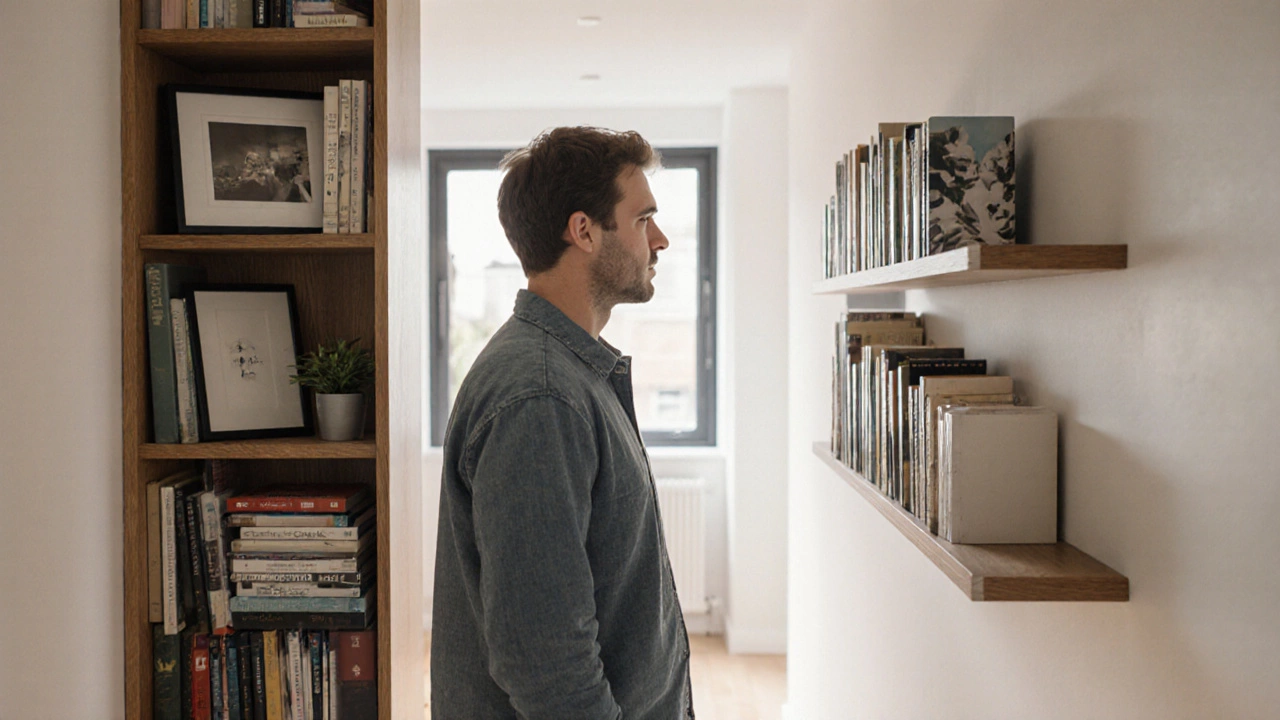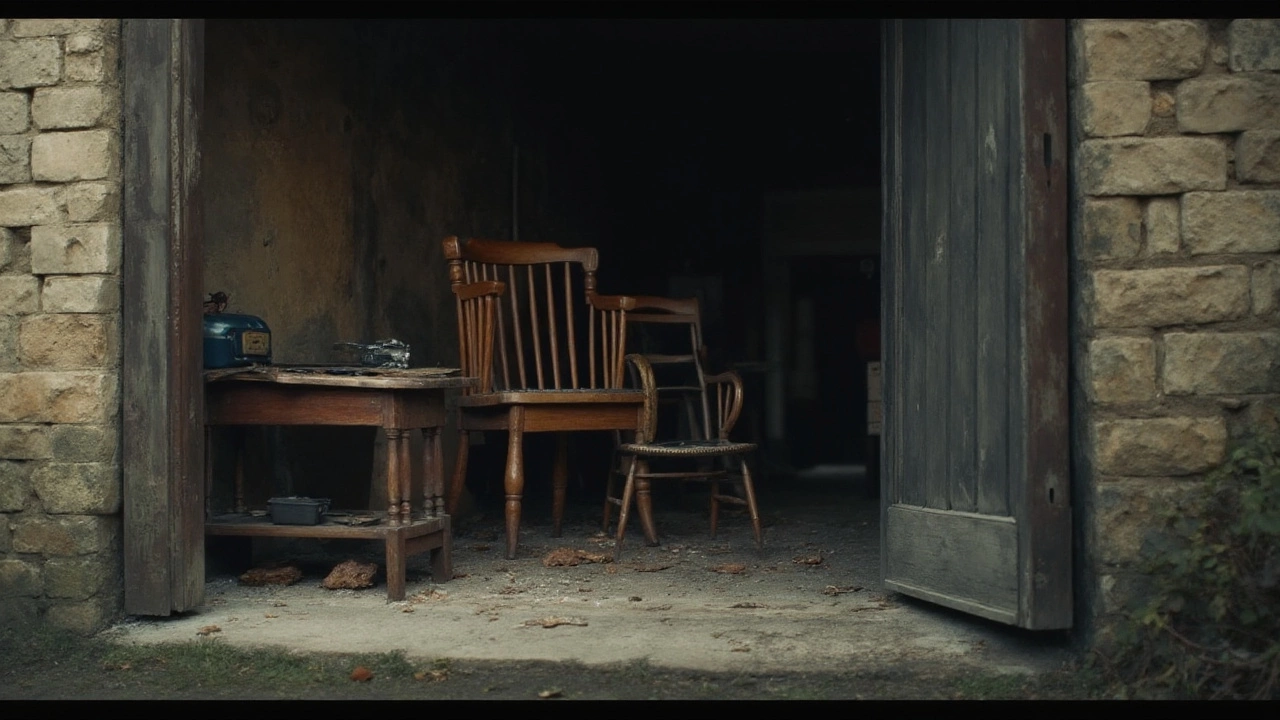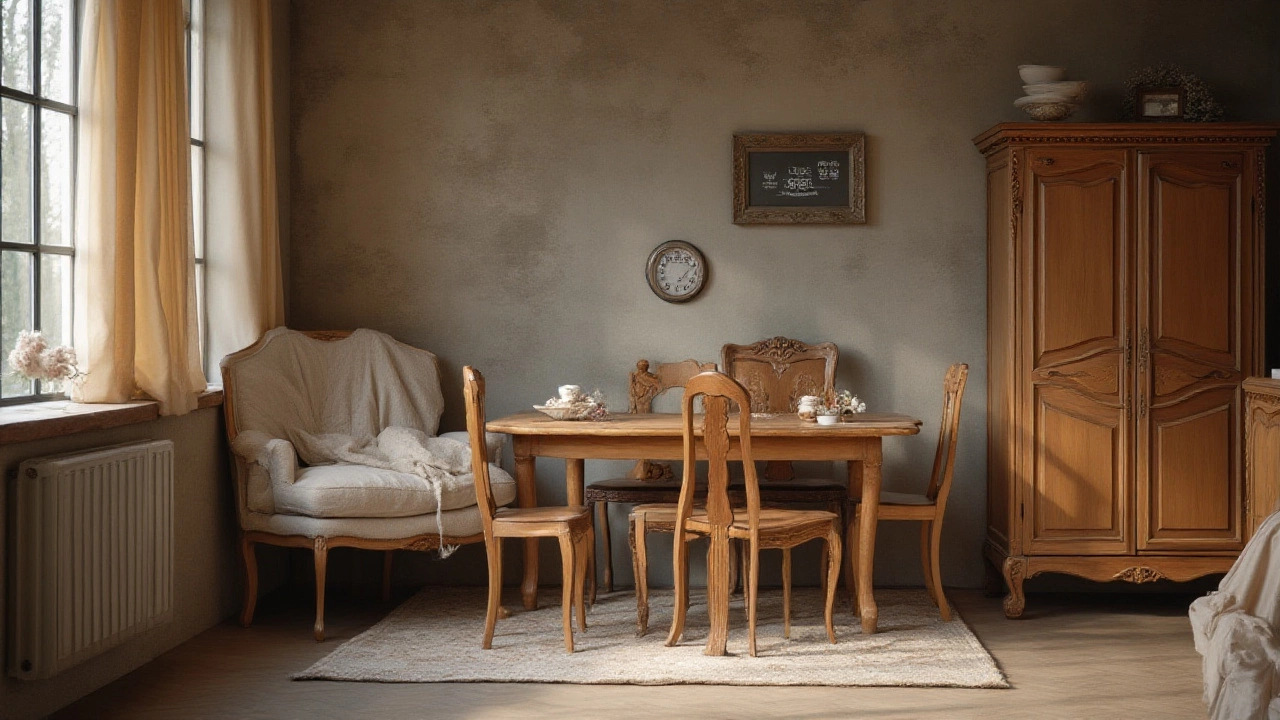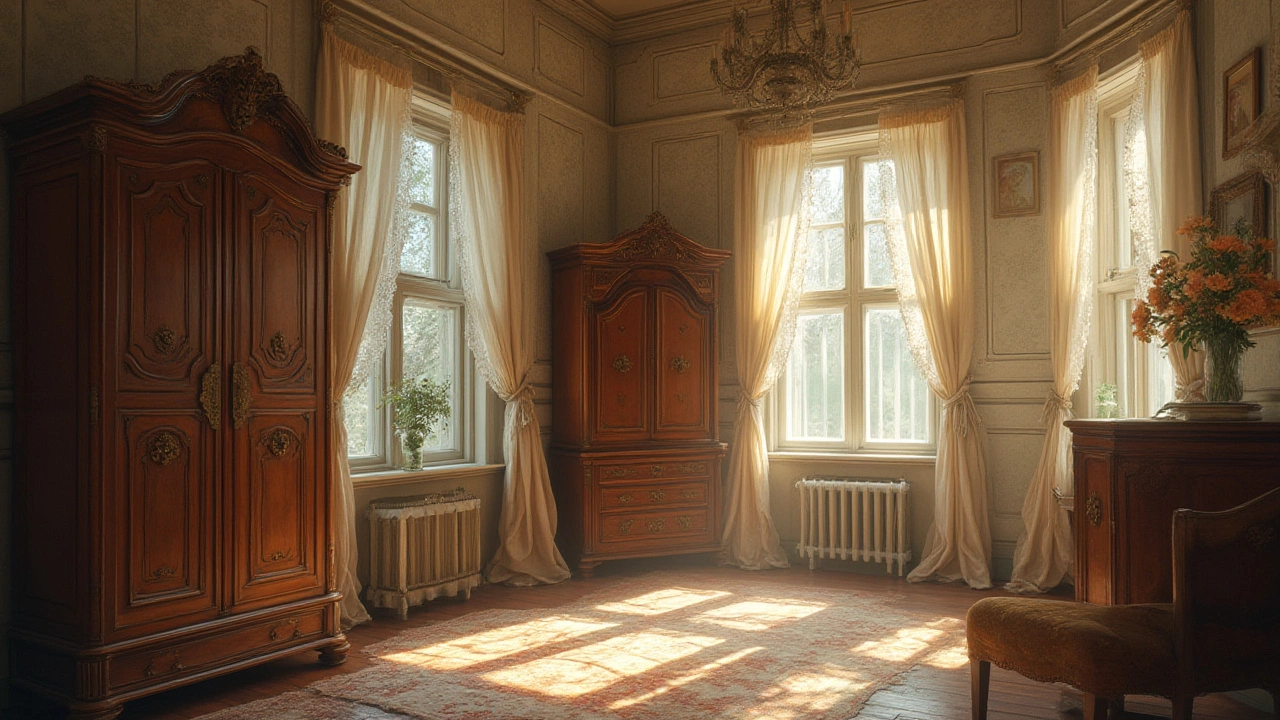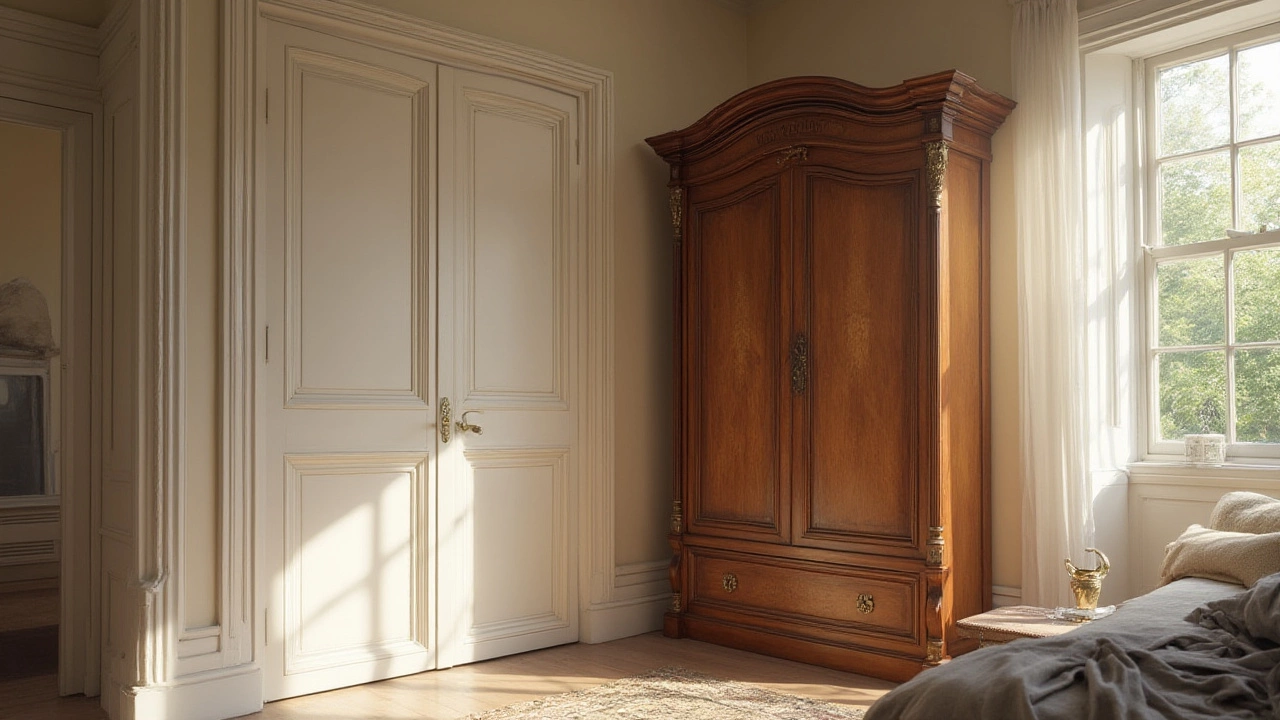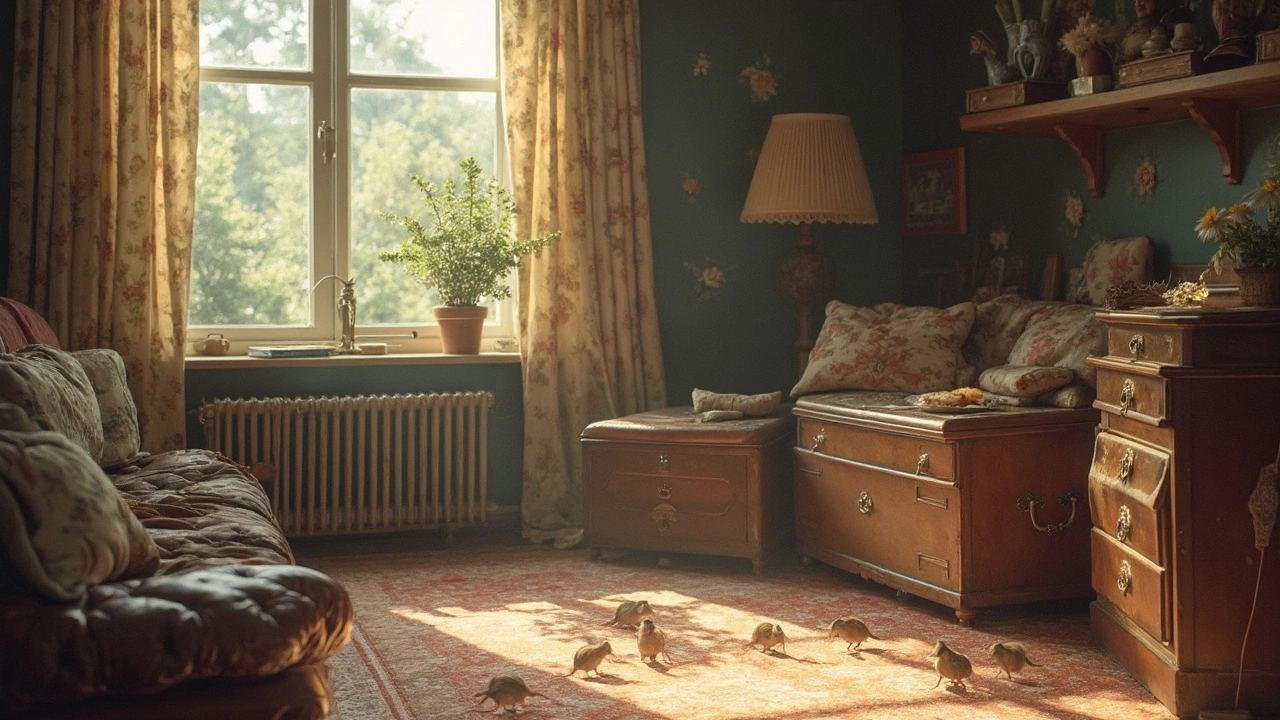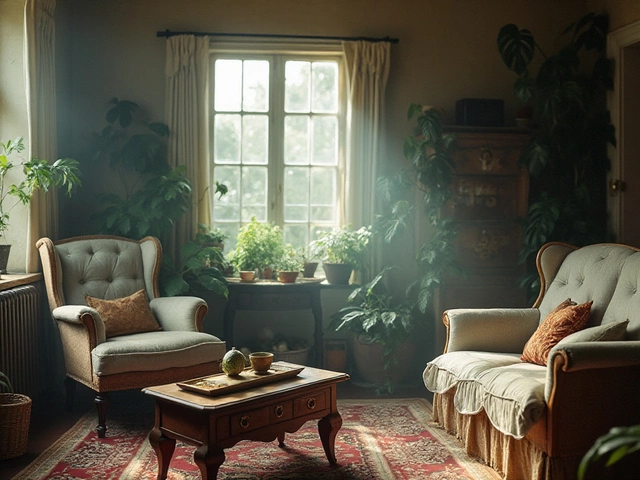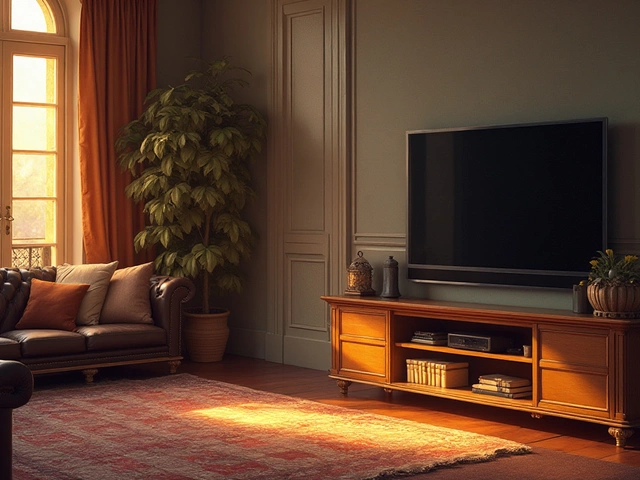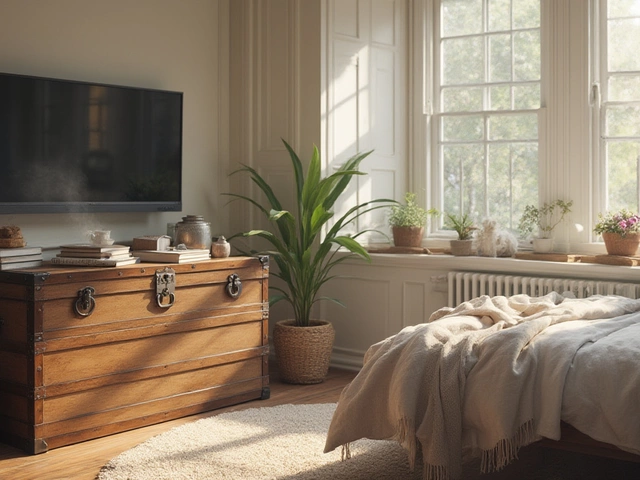Storage Furniture: Practical Tips & Smart Solutions
When you need more space, the right storage furniture can make a huge difference. Whether it's a sleek wardrobe, a sturdy bookshelf, or a compact closet unit, picking pieces that fit your lifestyle saves you time, money, and frustration. In this guide we’ll walk through how to choose the best options, protect your items, and keep everything organized without any fancy jargon.
Choosing the Right Storage Pieces
Start by measuring the area you want to fill. A quick tape measure and a sketch will tell you if a tall wardrobe or a low chest works best. Think about what you’ll store – heavy coats need a solid base, while delicate books prefer a bookshelf with a stable back. Materials matter too: solid wood feels sturdy but can warp in damp garages, while metal frames resist moisture but may dent.
Don’t forget the room’s vibe. A modern bedroom might benefit from a minimalist wardrobe with clean lines, whereas a living room can handle a larger, decorative armoire. Look for pieces with adjustable shelves; they let you re‑arrange as your needs change, so you won’t have to buy new furniture every few years.
Protecting Furniture While in Storage
If you have to store items in a garage, shed, or storage unit, protecting them from temperature swings and humidity is key. Wrap furniture in breathable covers—cotton sheets work better than plastic because they let air circulate and prevent mold. For extra protection, place a slab of plywood under heavy items to keep moisture from the floor.
Avoid stacking directly against concrete walls; a small gap lets air flow and reduces the chance of warping. If you’re worried about pests, sprinkle a little natural deterrent like cedar chips or lavender sachets inside closets and wardrobes. These simple steps keep wood straight and fabrics fresh, even when the space isn’t heated.
Remember to label each box or piece. A quick note on the side of a wardrobe drawer tells you what’s inside without opening it. This saves you time later and reduces handling, which can cause wear.
Finally, think about where you’ll place your storage furniture once it’s back in the home. Keep bookshelves away from direct sunlight to stop fading, and locate wardrobes in well‑ventilated spots to avoid musty smells. A little forethought now means a longer life for your pieces and a tidier home overall.
